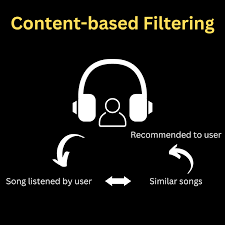

Abstract:
With the ever-increasing volume of music available across various platforms, personalized music recommendation systems have become essential to enhance user experience. This research presents a novel approach to music recommendation by integrating facial emotion analysis to understand user preferences and moods. The system employs Python-based tools and frameworks for facial emotion recognition and combines it with a recommendation engine to suggest music that aligns with the detected emotional state.
Facial emotion analysis is carried out through the use of computer vision techniques and pre-trained deep learning models. The system captures real-time facial expressions or processes images to extract emotional cues, such as joy, sadness, anger, or surprise. These emotional features are then utilized to tailor music recommendations, ensuring a more personalized and emotionally resonant user experience.
The recommendation engine leverages machine learning algorithms to analyze user preferences based on historical data, combining it with the real-time emotional cues from facial analysis. The collaborative filtering technique is employed to generate music suggestions that align with the user’s current emotional state and historical preferences.
The system is implemented and evaluated using a diverse dataset of facial expressions and music preferences. The results demonstrate the system’s effectiveness in providing recommendations that resonate with the user’s emotions, enhancing the overall engagement and satisfaction of the music listening experience.
This research contributes to the evolving field of emotion-aware recommendation systems and highlights the potential of integrating facial emotion analysis into music recommendation algorithms. The proposed system not only offers a more personalized music selection but also opens avenues for exploring emotion-driven user interactions in other multimedia domains. Future work may involve refining the model, expanding the emotion classification capabilities, and exploring user feedback to continually improve the system’s performance and user satisfaction.